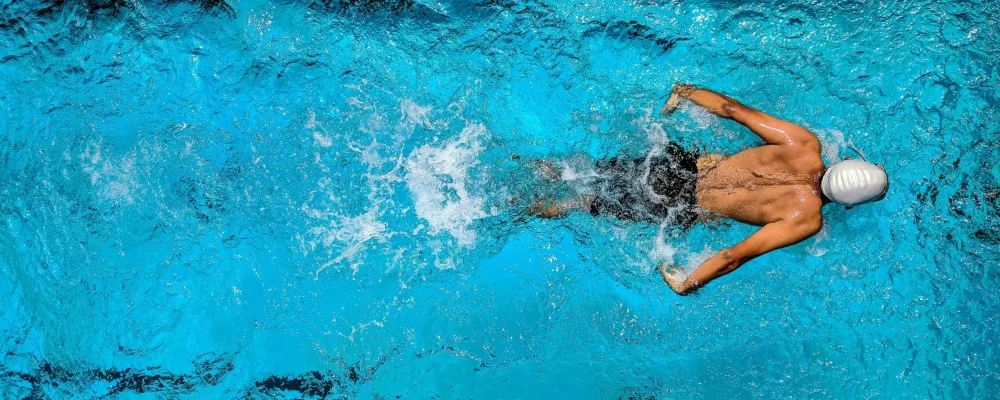
Saltwater pool systems have revolutionized modern swimming pool care, offering a gentler and more sustainable approach to sanitation. At the heart of this innovation lies a simple yet powerful chemical process: salt electrolysis. Understanding how this process works—and what materials make it reliable—can help pool owners make better choices and maintain optimal water quality.
1. How Salt Electrolysis Works
The basic chemistry of salt electrolysis involves converting sodium chloride (NaCl) dissolved in pool water into chlorine gas (Cl₂) through an electrical reaction. This process occurs within a component called the electrolytic cell, which is installed in the pool’s return plumbing line.
When a low-voltage electric current passes through the saltwater, it causes a reaction at the cell’s electrodes:
The chlorine gas dissolves immediately into the water, creating hypochlorous acid (HOCl), the active sanitizer responsible for killing bacteria and oxidizing organic matter. The byproducts—hydrogen gas and sodium hydroxide—dissipate or balance the water’s pH.
This cycle is continuous: once chlorine completes its sanitation job, it converts back into salt, allowing the process to repeat with minimal chemical additions.
2. Why Electrode Material Matters: Titanium + Ruthenium/Iridium Coating
The durability and effectiveness of a saltwater chlorinator depend heavily on the material used in the electrolytic cell.
Most high-performance systems use titanium plates coated with rare-earth metals like ruthenium oxide (RuO₂) or iridium oxide (IrO₂). These coatings provide:
Titanium is favored because of its strength, lightweight nature, and inert behavior in electrochemical reactions. Without these protective coatings, the metal would degrade quickly, compromising both safety and performance.
3. Self-Cleaning Technology: Reverse Polarity Explained
One common challenge with salt chlorinators is calcium scale buildup on the cell plates, especially in hard water regions. To address this, many modern systems use reverse polarity technology.
In a reverse polarity system, the cell automatically switches the direction of electrical current at set intervals (e.g., every few hours). This alternating flow prevents mineral deposits from hardening and allows them to flake off naturally.
Benefits include:
This technology reduces maintenance while ensuring consistent sanitation—especially important for users in regions with high calcium hardness.
4. The Troxlly Advantage: Engineered for Durability and Support
At Troxlly, we engineer our TX Series saltwater chlorinators with the highest-quality materials available:
Whether you’re upgrading from traditional chlorine or looking to build a new saltwater pool, understanding the science behind salt electrolysis helps you appreciate the technology—and choose systems that last.
For more support and technical information, visit troxlly.com/support.
